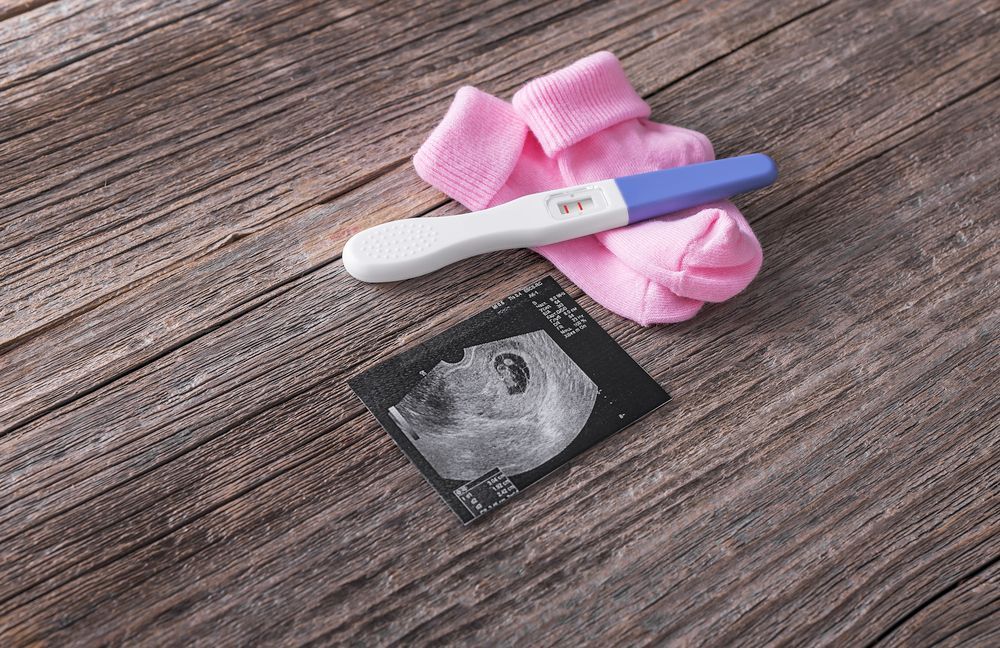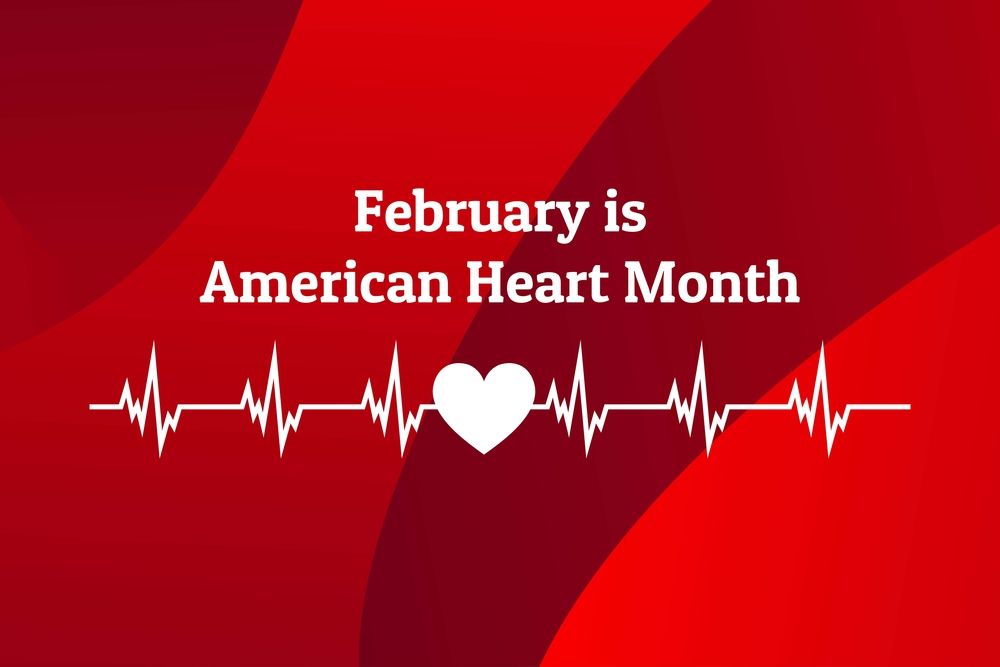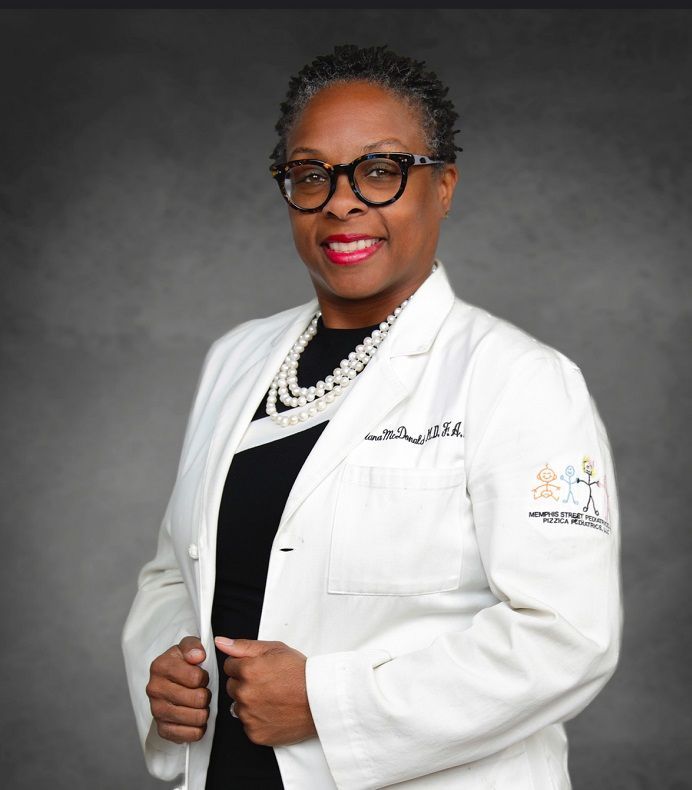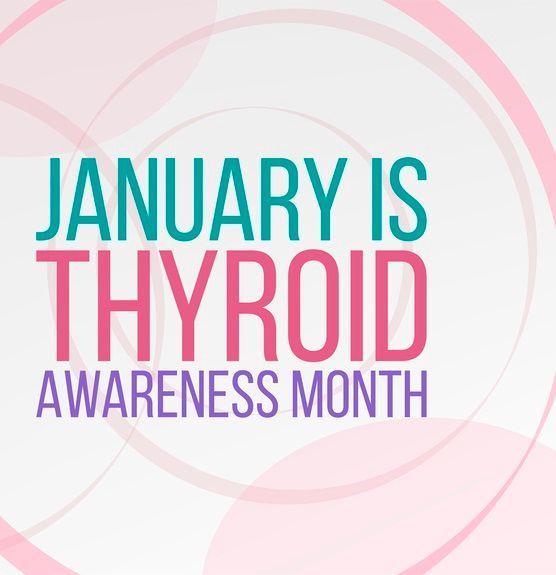Helping Families Overcome Fitness Barriers
“Physical inactivity is the fourth leading cause of death worldwide,” according to a recent study published by the National Library of Medicine. This report states that “it is important to identify racial/ethnic groups that are less likely to achieve sufficient physical activity levels, and to address barriers to meeting physical activity requirements.” In response, here are some fun and simple physical activities families can do together (both indoors and outdoors) to help overcome the challenges of meeting physical activity thresholds for all ages, advocate for the benefits of regular exercise, and set a good example for younger family members and future generations.
But first, here are some eye-opening facts and statistics cited in the study:
- “In a contemporary and representative sample of U.S. individuals (the majority of whom were NH White), less than half of U.S. adults engaged in sufficient physical activity. NH Black, NH Asian, and Hispanic adults were less likely to engage in sufficient physical activity compared with NH Whites.” (NH= Non-Hispanic)
- “The prevalence of sufficient physical activity in the overall population was 46%, while it was 48% among NH Whites, 39% among NH Blacks, 45% among NH Asians, 40% among Hispanics, and 46% in other racial/ethnic groups.” (NH=Non-Hispanic)
- “Older individuals, women, and those with low income were less likely to engage in sufficient physical activity levels, while educated individuals were more likely to be physically active…. Physical activity guidelines should acknowledge these cultural and socioeconomic factors in making their physical activity recommendations.”
Physical Activities for Families and Addressing Common Barriers
As noted by the
Centers for Disease Control and Prevention (CDC), learning how to “overcome barriers and make physical activity part of your day” is vital for better health. These barriers can include a lack of time, energy, motivation, skill, or social support, fear of injury, high cost, and access to facilities. Here are some helpful tips sourced from the CDC.
Lack of time: Choose activities that you can do “based on the time that you have available, even for a few minutes.” Suggested ideas include riding a bike to work or school, taking a walk as a family or with your dog, taking the stairs instead of an elevator or escalator when shopping, and standing, stretching, or moving instead of sitting, whenever possible.
Lack of energy or motivation: “Schedule physical activity for times in the day or week when you feel energetic. Start slow and build to longer times or more intense activities.” To help with motivation and accountability, set dates to exercise with friends, neighbors, and/or family members, and write them down in a calendar kept in a central location of the home.
Lack of social support: Explain your interest in physical fitness to friends and family, ask them to support your efforts, and invite them to join you. If possible (or when necessary), join a gym, community recreation center, or local YMCA to develop new friendships and plan social activities with physically active people.
Lack of skill and fear of injury: Choose activities that you are already familiar with (such as walking, jogging, dancing, or swimming) and that don't require learning a new skill. Research low-impact exercises for all fitness levels, including beginners who want to burn calories and/or improve balance and mobility without the risk of stress or injury. It’s best to consult your healthcare provider before starting a new workout routine to ensure it’s right for you.
High cost and lack of facilities:
Many communities have parks and free or affordable programs to help you achieve your physical fitness goals, including public pools, walking groups, biking and hiking trails, outdoor exercise equipment for flexibility and strength training, intramural sports leagues, and aerobics or yoga classes.
Keep in mind that it is also important to wear the appropriate clothing, footwear, and safety gear to be comfortable and protected while being physically active.
Growing up in North Philadelphia, the Twin Sister Docs witnessed a massive gap between their community and its healthcare professionals. Boasting a largely African American and Latinx population, the community’s needs were largely neglected by medical establishments made up primarily of non-African American doctors with no ties to the neighborhoods in which they practiced. This neglect not only produced skepticism; it also drove a wedge between the community and the medical services they desperately needed. The Twin Sister Docs, recognizing they are uniquely qualified, seek to bridge that gap, restore trust in medical professionals, and transform these multicultural communities through reliable health care.
The Contents of the TwinSisterDocs website, such as text, graphics, and other material contained on the site ("content") are for informational purposes only. The content is not intended to be a substitute for professional medical advice, diagnosis, or treatment. Further, the response to questions should be viewed as general health information and not as clinical advice or treatment from TwinSisterDocs (Delana Wardlaw, MD and Elana McDonald, MD). Always seek the advice of your personal physician.
